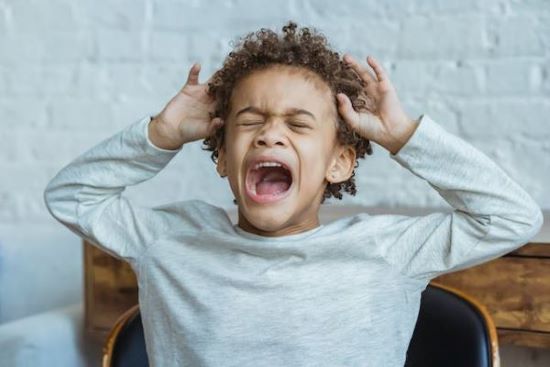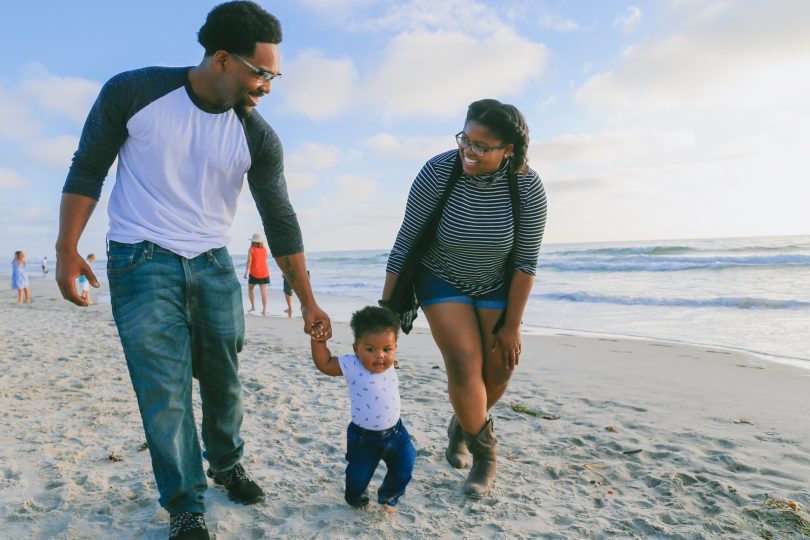When Paying Attention Pays Off
That mantra works not just for crossing roads!
I regularly provide consultation to carers looking after children placed away from their parents, and I deliver indirect therapy to parents/carers to bolster therapeutic efforts with children. Something I hear in so many conversations I have, where there is behaviour that is considered problematic, is the phrase, “it’s just attention seeking.” This gets used for behaviours that are relatively low level, for instance a toddler refusing to follow directions to those that create high levels of anxiety, such as a child self-harming.

I am not really sure how this view or phrase gained ground and made its way into our common parlance. What I do know however, is that it is ultimately not the most helpful way of framing/understanding an issue.
What does it actually mean? Don’t we all want to be attended to? Noticed? Validated? Made to feel worthwhile and as though our needs are not trivial? In my view – we all seek attention. My next question is, to what end? Why this need? Once we have the focus of another (i.e. “attention”), what does it give us?
Picture this as an adult… “I have had a tough day at work/looking after the kids/whatever pursuit I have been involved in. I get home/my partner gets home, and I am eager to share my woes with them, only to be met with an unlistening ear and a demand to engage in some other task I really don’t feel up to. I try to say something, but I’m met with a dismissive or irritable, “just do it please…”. Cue the melt down of all melt downs, and I’m an “adult,” apparently in charge of my emotions and supposedly compos mentis. How would I then feel if my partner’s response to my outburst was, “stop it, you are just attention seeking” ? Or worse still – ignored me and then told me to sit away until I had “reflected on my behaviour” and “calmed down”?

When children and adolescents show us their feelings though their behaviour, it is very rarely just to “get attention.” Rather, it is a heart felt attempt to communicate something important. Yes – the first step is to get our attention – but it goes beyond that. As the adults in their lives, its for us to listen in to what they are trying so hard to communicate, however clumsy, over-the-top or aggravating this may be to us.
My hope is that the next time we are tempted to dismiss a young person’s behaviour as merely some calculated attempt to get us to pay attention and nothing else – we stop and remember: we can’t see without looking, or listen without hearing, so paying attention is the very first step. Building trust and ultimately a positive relationship starts with us tuning in. Let’s try our hardest not to reject/dismiss/invalidate our young one’s attempts to communicate about those things that are causing big emotions within them.
Some useful ideas to try instead:
- Stop what you are doing and pay close attention – be prepared to just be there in the moment with that child. We don’t have to have all the answers and in fact, sometimes there is nothing better than the feeling that we have been truly listened to and accepted without judgement and without a preprepared solution.
- It’s a very advanced skill to be able to talk about how we feel and what has made us feel that way. Try to have realistic expectations – children will likely find it hard to express their upset in a coherent way. Perhaps ask what you can do in that moment to make them feel less distressed – a hug, a drink of water, a change of scene, good old fashioned humour… anything that helps them to regain their equilibrium. Once they feel less distressed they might open up more and you can piece things together – together.
- These are important teaching moments for both adults and children – a real opportunity to learn what’s going on for the children in our lives and for us to model healthy ways of managing feelings and dealing with problems.
- My favourite of all time – getting down to their level (if they are littlies), making eye contact, giving a big bear hug (if they want that closeness) and giving reassurance that we can work it out…and above of all trying my hardest not to take it personally (now that’s a whole other article!!!).
Main – Photo Lawrence Crayton on Unsplash




